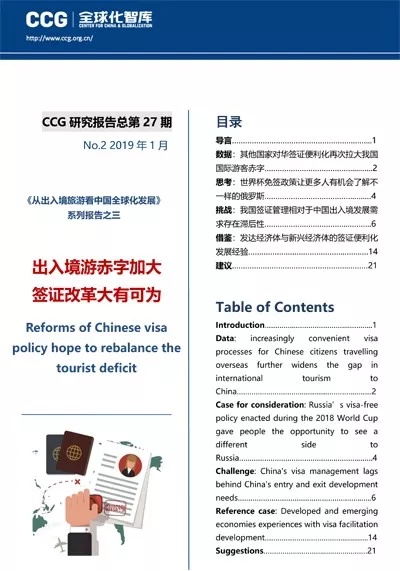10 suggestions to ease tensions and sustain a stable Sino-US trade relationship

Abstract:US President inked a memorandum on March 23 to impose punitive tariffs on imports from China. The Chinese Ministry of Commerce reacted with retaliatory measures against US products. The tensions between the world’s two largest economies immediately rippled through markets and countries across the globe.Having concentrated on US-China economic relations for a decade, the Center for China and Globalization(CCG) suggests the following measures aimed at fostering stable bilateral trade ties:Promoting the concept of global value chain as the basis to analyze the current trade deficits between China and US; lifting the limits on the US exports to China; reducing tariffs on American products such as automobiles and mobile phones; reexamining the Chinese regime of IP protection; moderately increasing imports from the US, particularly oil, gas and agricultural products; participating in the CPTPP negotiations and other regional trading systems to promote free trade norms and enhancing China’s role in multilateral rule-making; taking US cases of trade rule violations to the WTO system.
Summary:CCG recommends that the Chinese Government moderate its response to US actions and continue to adhere to the goal of long term stable economic and trade relations between the two nations via the following 10 suggestions:1. Campaign for a new mode of analyzing trade effects that would more accurately reflect how much US companies gain from the bilateral trade deficit, given the forces of the global value chains; and insist on including trade in services which China runs a large deficit with the US, such as tourism, education spending, immigration-oriented investments in the trade deficit analysis.
2. Lift the excessive limits of exports to China especially the products from the high-tech companies of America which would benefit the US companies and balance the trade deficits of two sides.
3. Increase imports from the US, including consumer goods, energy, and agricultural products while reducing tariffs on goods such as automobiles and other high-value-added American products that are not central to the national economy, therefore fulfilling China’s WTO commitments.
4. Improve business environment and implement policies that have been long called forth to reduce barriers of market entry for US companies.
5. Promote the agreement between China and the US on cross-border e-commerce to benefit small businesses and consumers in both countries with substantial employment opportunities.
6. Extend the protection of intellectual property rights to foreign companies or taking foreign IP regulations into account.
7.Consider the establishment of an investment fund to help the US upgrade its infrastructure, capitalizing on China’s advanced technology and expertise in the field.
8. Enlist the participation of American companies in Belt and Road projects as third party partners.
9.Seize the opportunity to join the CPTPP discussions and facilitate the progress of multilateral trade systems building such as WTO, RCEP to sustain the momentum for global free trade.
10. Appeal cases of US violation of the WTO rules to the appellate body.









